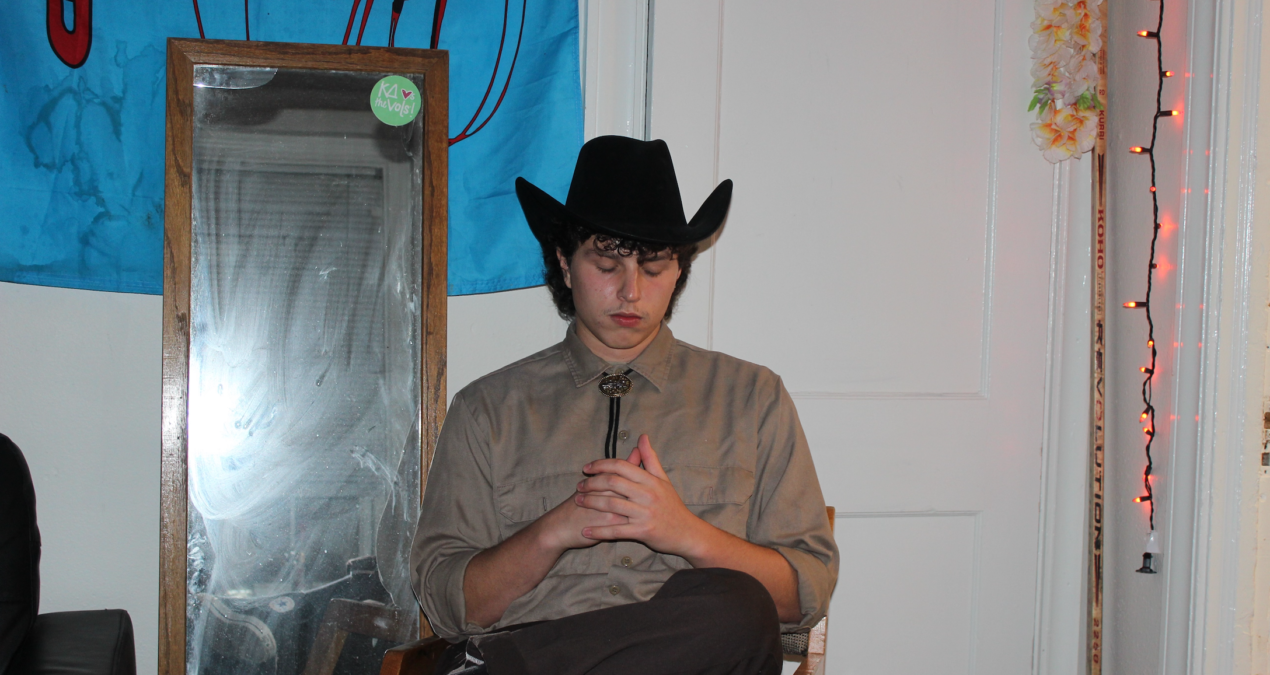Henry Gamble, News Editor—
If one were to look at Denison’s campus twenty years ago, it would be almost unrecognizable. There would be no Eisner Center, no Hoaglin Wellness Center, no Knowlton Center and no turf field.
Through large additions and structural rests, Denison has revolutionized itself as an institution. With a booming endowment and an increasingly large number of applicants, it seems that decades of growth are paying off.
Denison is now the school of “And.” An institution that can offer students the widest range of amenities, activities and involvements possible at a university. A student at Denison can swim for one of the best division three teams and write for a satirical paper and study abroad and lead yoga classes at the same time.
This is the future of the liberal arts education, and Denison leads the way by a great distance. Yet, sometimes it’s important to look ahead to plot a trajectory and see where this path will take Denison.
It’s very possible that in several decades Denison will be one of the most prominent liberal arts institutions in the nation and a regional power in athletics. In addition, the creation of new subsidiaries will lead to an even greater physical diversification of the campus as a space.
However, with a persistent focus on growth and expansion, it is possible that Denison might lose its way.
At a certain point, it’s necessary for an institution to renovate and re-invigorate its existing facilities and programs. While this may seem “boring” or not as outwardly attractive, the academic core of a university is the great constant.
Denison has systematically ignored its humanities programs, while at the same time greatly improving its competency in the Arts and Stem. Buildings such as Blair Knapp, Higley, Fellows and Barney-Davis Hall all are in serious need of renovation. With classrooms that struggle to host even minor technological adaptations, the university is falling be- hind its own standard.
This is no way to say that Denison doesn’t attract the top tier of educators, it does. But, at a certain point, acclaimed professors will begin to leave because the campus lacks the bare minimum in terms of resources and spaces.
While many, especially in Denison’s administration, will attribute this deficit to a cycle of renovation and construction, it is becoming clear to many that the school is not in the process of prioritizing its academics.
Every semester, a new construction can be observed on campus, a multi-million dollar wellness center, or a new athletic facility, yet when is the last time that a projector in Blair Knapp Hall turned on with ease?
Denison needs to be the school of “And then:” academics and then the rest. To be a pioneer in education, an institution must focus on education itself.

